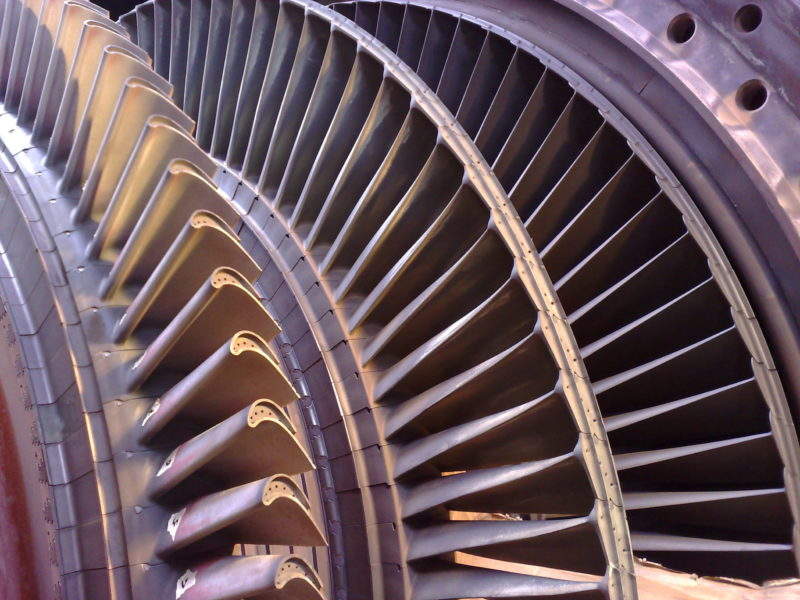The global gas turbines market registered a market value of $9.24bn in 2017 and is expected to decline to $6.83bn in 2022. According to GlobalData, the global gas turbines market held an aggregated value of $63.1bn between 2012 and 2017, with the aggregate market value estimated to be $37.9bn between 2018 and 2022. In 2017, Europe, Middle East and Africa (EMEA) represented the largest market for gas turbines, registering 42% of the global market share. During the historical period, 40% of the aggregate gas turbine capacity was installed in EMEA.
The company’s latest report, ‘Gas Turbines for Thermal Power, Update 2018 – Global Market Size, Competitive Landscape, Key Country Analysis, and Forecast to 2022’, reveals that the global gas turbines market is projected to decline in the forecast period due to the increasing proliferation of renewables, other disruptive technologies, adoption of coal to meet the immediate need for power, low coal prices and the price volatility of the gas market.
Despite global intentions to lower power sector carbon emissions, the need for ramping to support intermittent renewable sources and reliability issues such as frequent power cuts, blackouts, and load shedding, are a few primary factors that contribute to the continued use of well-established coal-fired power generation in countries dominated by traditional power generation technologies.
Despite market impediments, gas turbines are expected to be a relevant source of power generation in the long run. The long-term demand for uninterrupted power supply in developing countries such as China and India and support for the transition towards low carbon economies are expected to contribute to the market value of gas turbines during the forecast period. In addition, new gas field discoveries, increasing environmental concerns, requirement for efficient power generation, carbon taxing mechanisms and stringent emission norms are enhancing the competitiveness of gas utilization for power generation and consequently contributing to growth trends during the forecast period.

GlobalData’s report also finds that in the forecast period, the Asia-Pacific (APAC) region will lead the global market, overtaking EMEA. The need to improve access to electricity and progressive economic growth are the driving factors for large capacity additions in China, India and countries in Southeast Asia. In mature APAC economies such as Japan, the Republic of Korea and Australia, increasing levels of gas deployment is driven by the need to alter existing power generation models by shifting away from nuclear and coal. The market in APAC is projected to grow with a CAGR of 3.95% during the forecast period.
The growth within the APAC market is contributed significantly by China, supported by its extensive plans for large scale renewable and gas utilization. In 2017, China added 4.8GW of new capacity. China has canceled most of its new coal power projects and aims to control its coal-fired capacity. In the 13th Five-Year Plan (FYP), the government has prioritized the promotion of low-carbon fuel sources and clean energy technologies to support economic growth and development. The curtailment of coal and need for system flexibility is expected to increase share of natural gas in the power generation mix from 3.3% in 2017 to 4.3% in 2022.
The US represents the largest national market for gas turbines, with a market value of $1.8bn and capacity addition of 9.8GW in 2017. A conducive regulatory landscape, booming renewable deployment, and low global gas prices contributed significantly to the market growth during the historical period. However, in the forecast period, the US market is expected to decline from 2019 due to uncertainty in the national shale gas market and significant existing gas turbine capacities. In addition, the decline in market shares of coal and nuclear are being rapidly replaced with renewables, limiting the extent of natural gas for power generation. States within the US are employing different technologies and efficiency measures to meet electricity demand, substituting the need for new large-scale capacity additions.
New shale gas field discoveries, growing domestic gas production, strong support for renewables and other disruptive technologies from state governments, the need for increasing gas inventory levels, high exports due to the strong international demand for low-cost gas, and favourable market spot prices are a few key factors determining the gas turbines market in the US.




